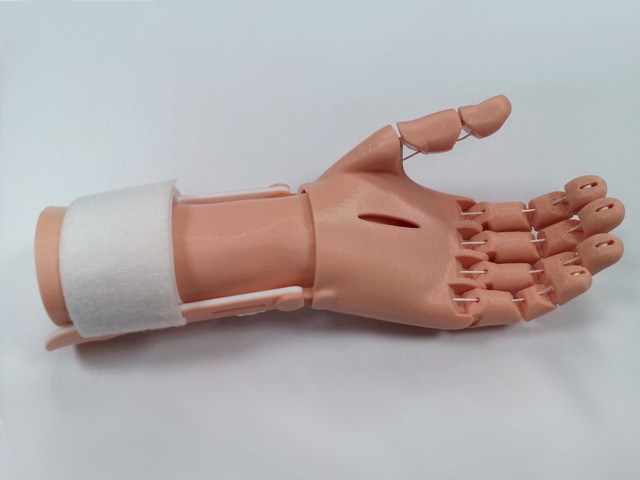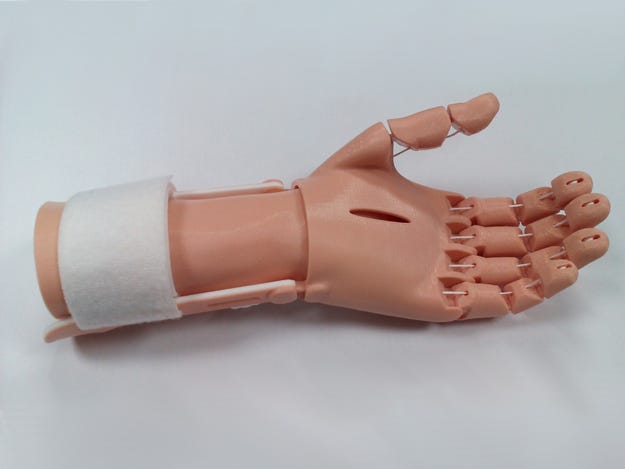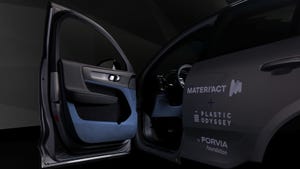It has already been quite a remarkable year for 3D printing in medical applications. The technology has been instrumental in helping an octogenarian successfully undergo a valve replacement procedure and, on the other end of the age spectrum, brighten the life of a toddler with a rare facial deformity. In this slide show, we highlight four real-life examples of how 3D printing has enabled medtech advances, and one emerging technology that may usher in tomorrow's breakthroughs.
April 13, 2015

It has already been quite a remarkable year for 3D printing in medical applications. The technology has been instrumental in helping an octogenarian successfully undergo a valve replacement procedure and, on the other end of the age spectrum, brighten the life of a toddler with a rare facial deformity. In this slide show, we highlight four real-life examples of how 3D printing has enabled medtech advances, and one emerging technology that may usher in tomorrow's breakthroughs.
Conventional prosthetic limbs are tremendously expensive, which is a real problem when the recipients are children, who will outgrow them every couple of years. Enter 3D printing, which can produce prosthetic devices for less than $50. (A remarkable organization called e-NABLE, which brings together volunteers specializing in the creation of free 3D-printed devices for children and adults, deserves a big shout-it for its work in this field.) The Flexy-Hand - Filaflex Remix, pictured here, was produced by GyroBot's Steve Wood, working with some members of e-NABLE, with the aim of realizing the most inconspicuous, attractive and functional 3D printed prosthetic hand possible, writes 3Dprint.com.
Printed with the skin-toned, flexible Filaflex filament, the newest iteration of the Flexy-Hand - Filaflex Remix includes a number of improvements over earlier models, including hidden finger hinges, two thumb angle variants and silent articulation. That's for when you don't want to call attention to your prosthetic. If you want to be more flamboyant, there are other options, as the next slide will show.


About the Author(s)
You May Also Like




